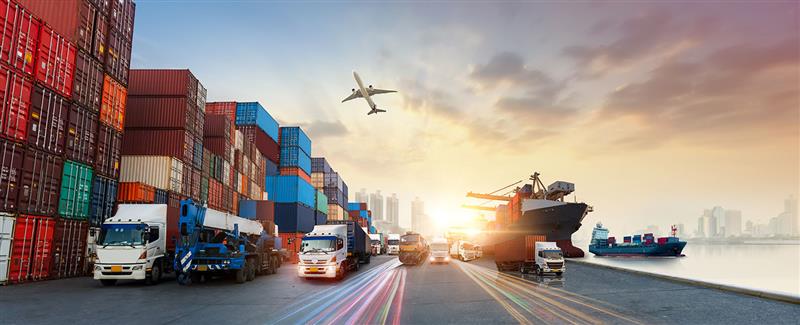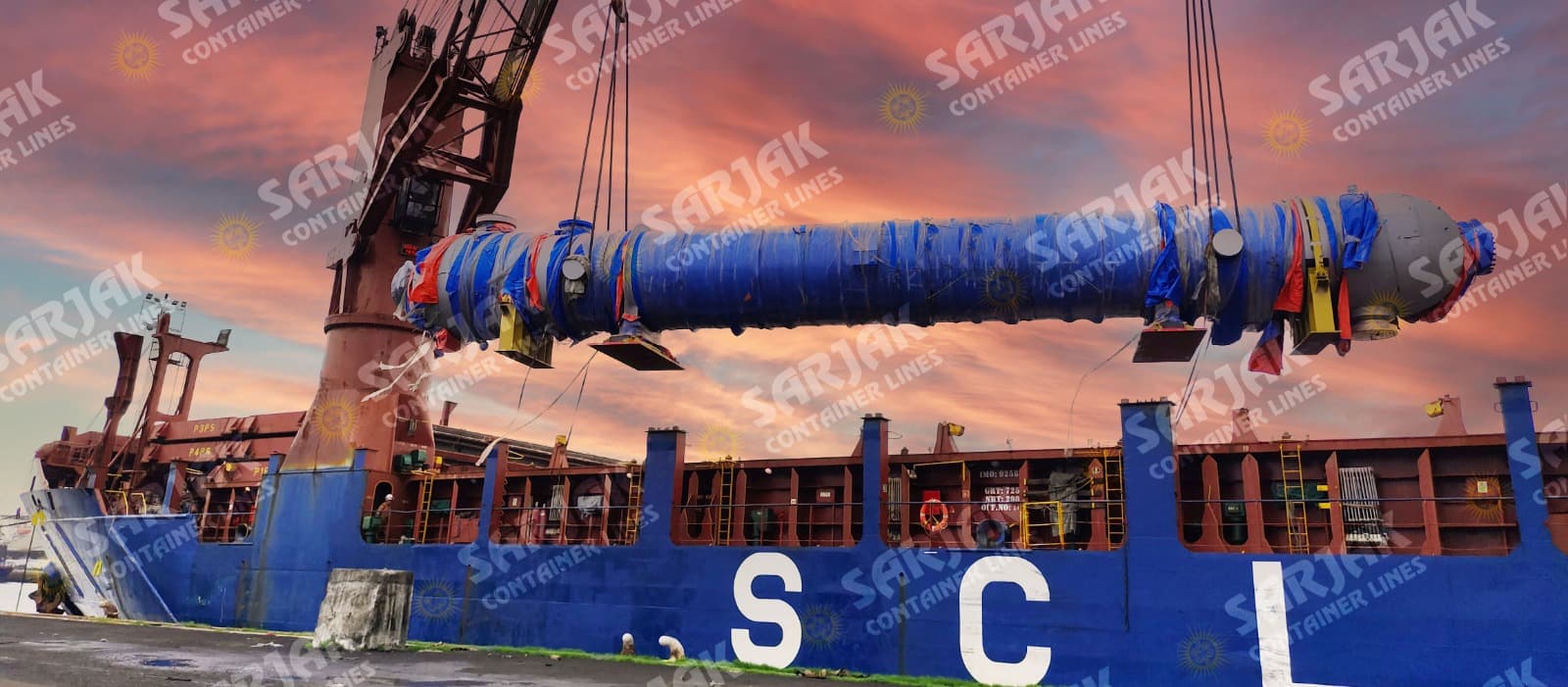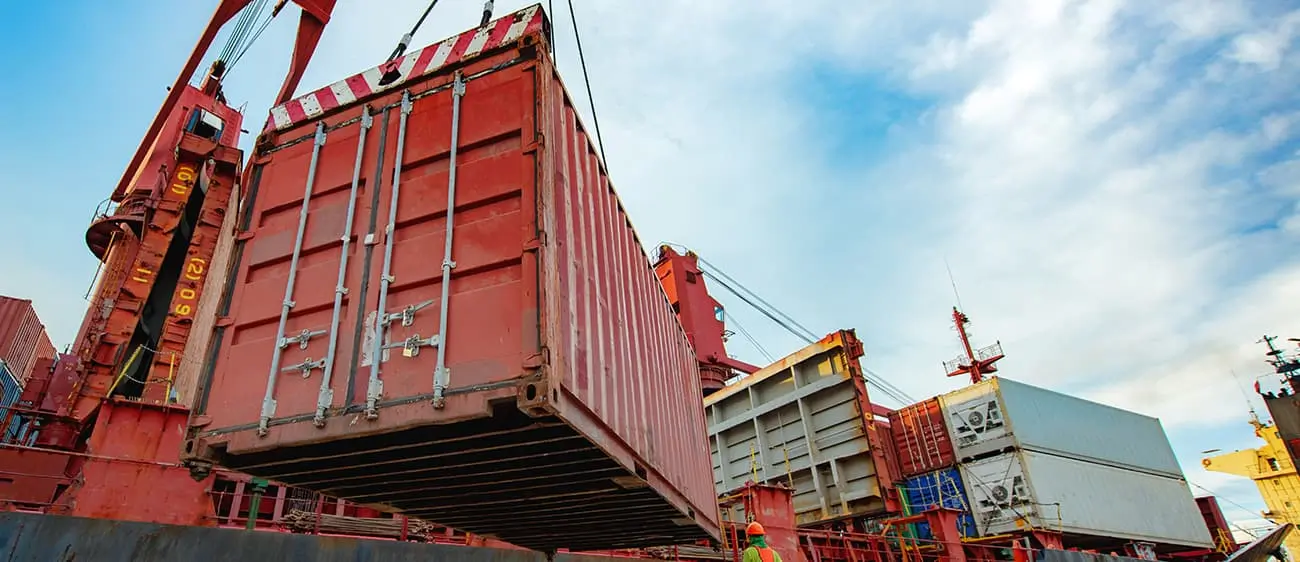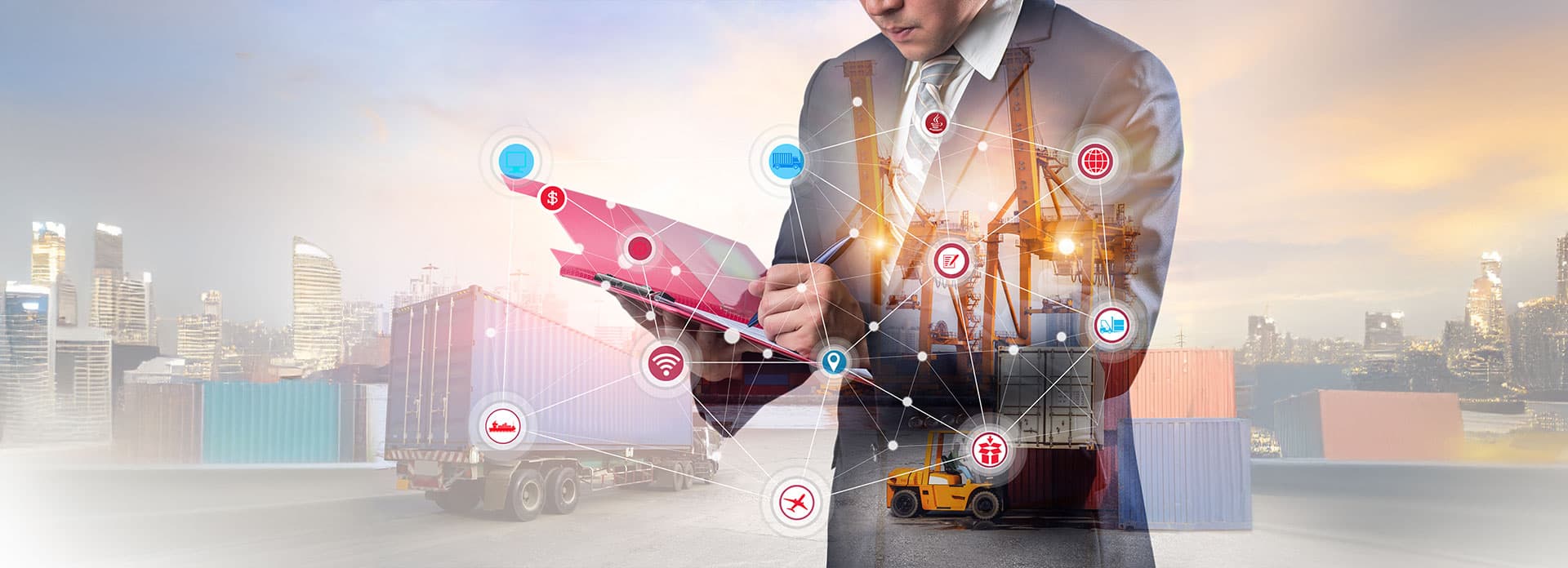Effective risk management in project cargo logistics depends on meticulous documentation and strategic planning. By understanding and addressing the potential risks associated with the movement of odd shaped cargo, logistics service providers can ensure the safe and timely delivery at the destination leading to enhanced customer satisfaction. Whether dealing with containerised shipping or oversized cargo, comprehensive risk management is key to navigating the complexities of global logistics services.
Key Documentation
Documentation is the backbone of any project cargo shipment. It ensures that all parties involved in the supply chain process including shipping companies, custom clearance authorities, insurance providers, consignors and consignee have access to critical information. This is particularly crucial when dealing with oversized cargo shipping, which often requires special permits and real-time coordination with various stakeholders. Crucial documents are:
- Bill of Lading (B/L): This is a legal document issued by the carrier to the shipper, detailing the type, quantity, and destination of the cargo. It serves as a receipt for the cargo and a contract between the shipper and carrier.
- Cargo Manifest: A detailed list of the cargo on board, including descriptions, quantities, and weights. This is essential for customs clearance and inventory management.
- Packing List: Provides detailed information about the cargo’s packaging, including dimensions and weights of individual items. This is crucial for handling odd dimensional container cargo and out of gauge cargo.
- Commercial Invoice: An itemized bill for the goods, required for customs clearance and insurance purposes.
- Certificate of Origin: This document certifies the country of origin of the cargo, which is necessary for customs and trade compliance.
- Insurance Certificate: Proof of insurance coverage for the cargo, protecting against potential losses or damages during transit.

Managing Risk
Effective risk management in project cargo logistics involves identifying potential risks and implementing strategies to mitigate them. Here are some key strategies:
- Detailed Planning: Comprehensive planning is essential to anticipate and address potential risks. This includes route planning, vessel schedule coordination, and securing special equipment in advance like open top containers and flatracks for heavy lift cargo.
- Container Tracking: Implementing robust container tracking systems ensures real-time visibility of the cargo’s location, enabling proactive management of any delays or issues.
- Vessel Chartering: Selecting the right vessel is crucial for the safe transport of project cargo. Multi-purpose vessel operations and container vessel operations offer flexibility in handling different types of cargo.
- Custom Clearance: Efficient custom clearance processes reduce the risk of delays and ensure compliance with international trade regulations depending upon the regions your cargo is entering and exiting during the shipment.
- End-to-End Logistics: Partnering with a reliable logistics service provider that offers door-to-door shipping and comprehensive transport solutions ensures seamless coordination across the entire supply chain.

Another crucial strategy is keeping abreast of logistics news, shipping updates or industry insights. Regularly consulting project cargo blogs and reading the shipping newsletters provides valuable information on shipping innovations and cargo handling techniques.
If you are looking for a project logistics expert, who has an experience in this industry for more than two decades, look no further! Contact us at projects@sarjak.com














